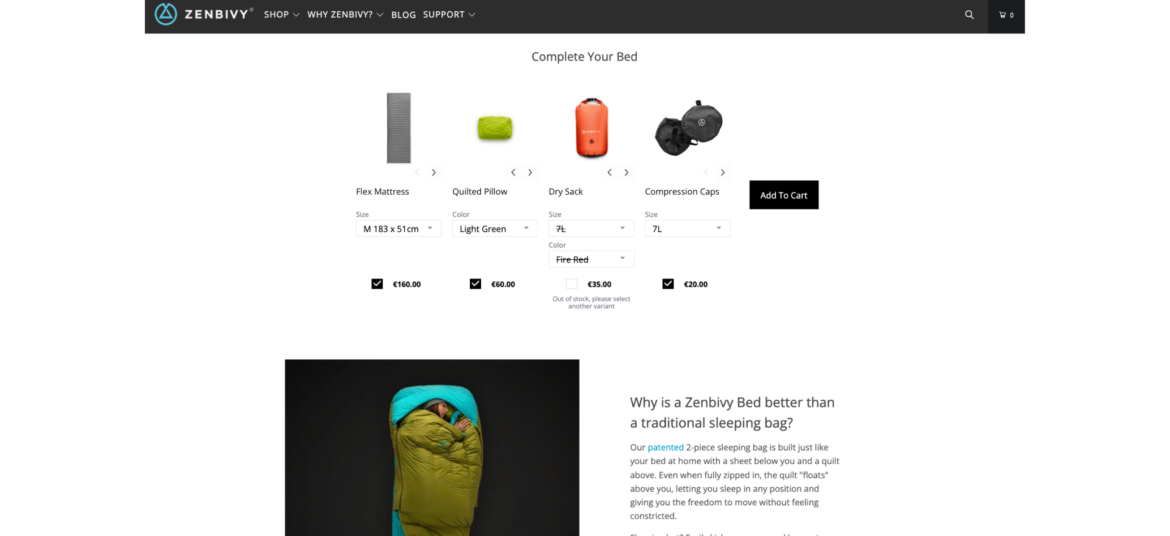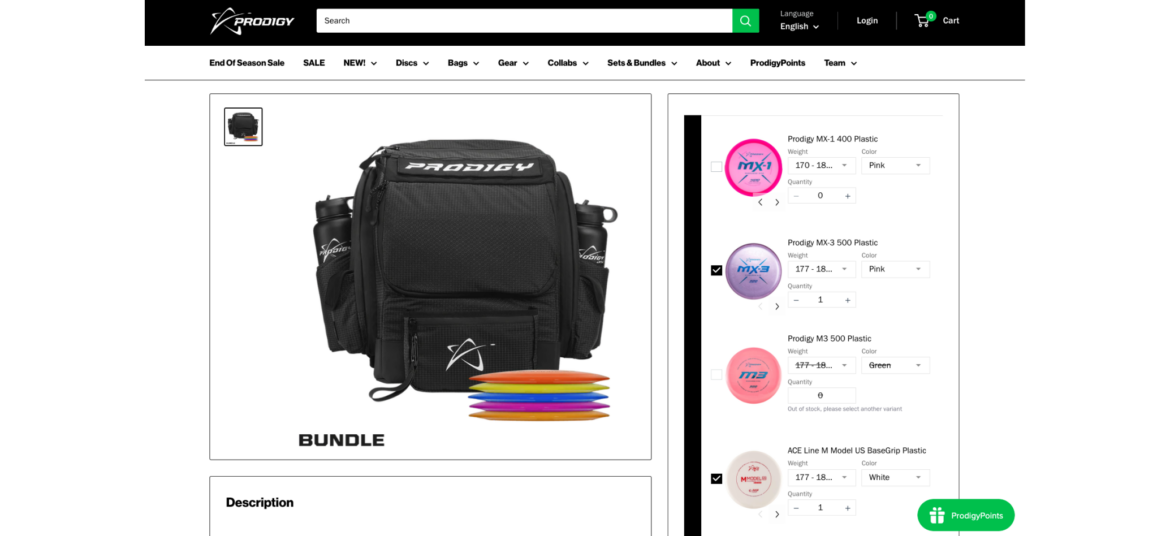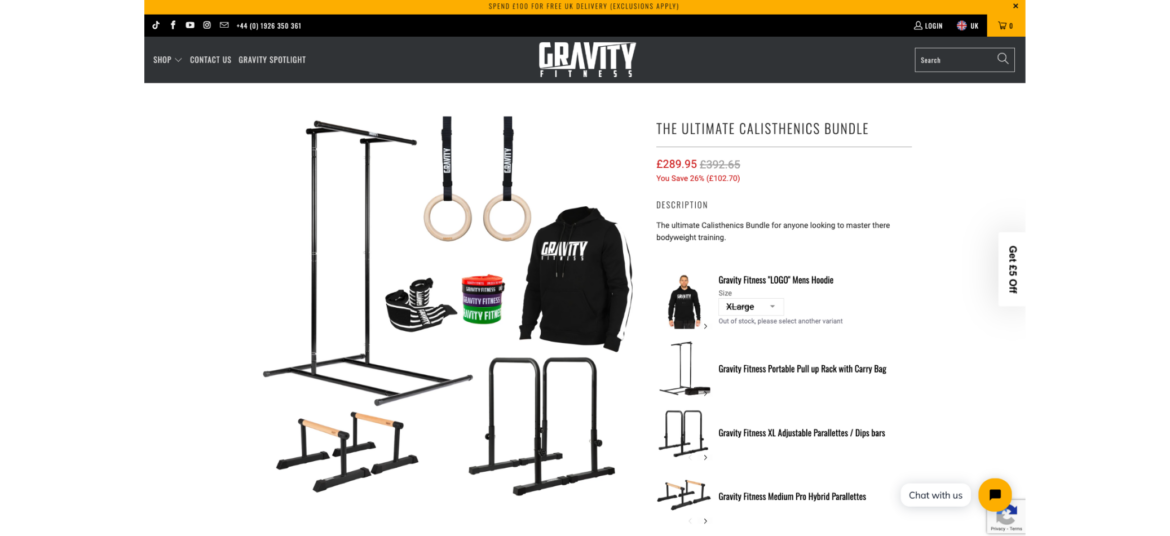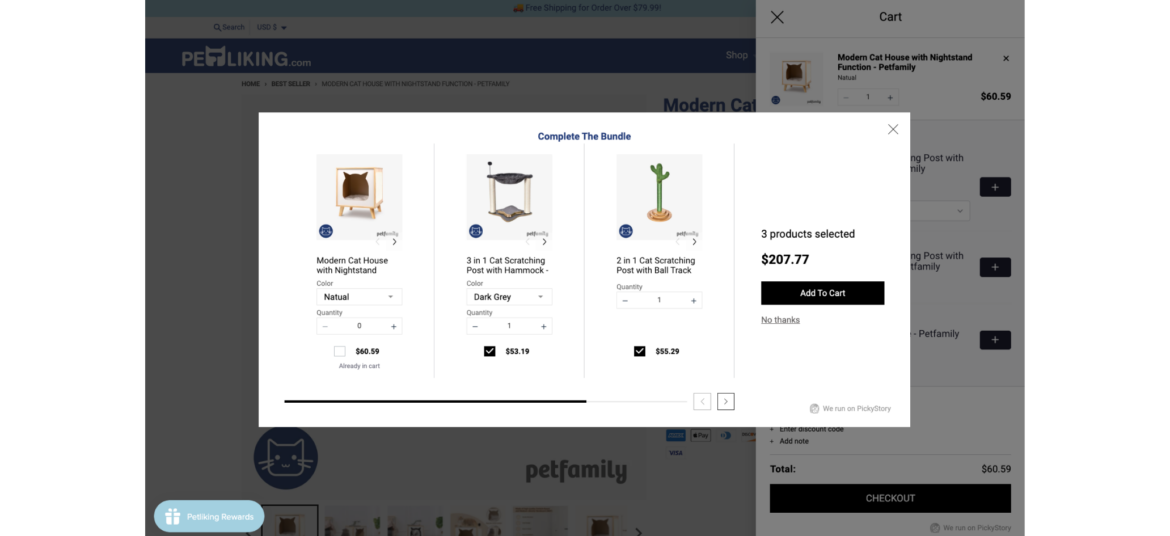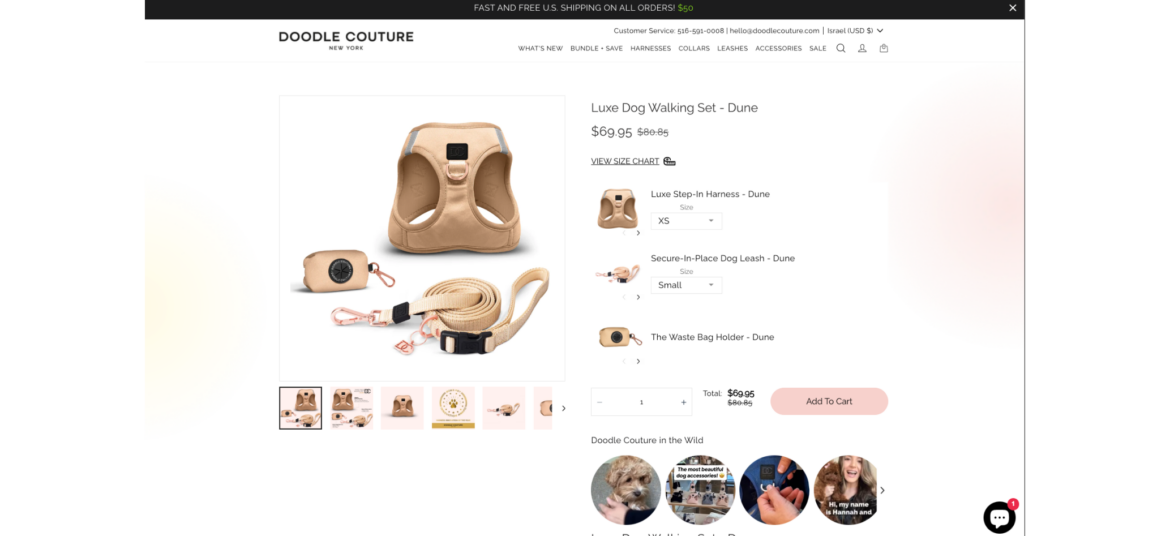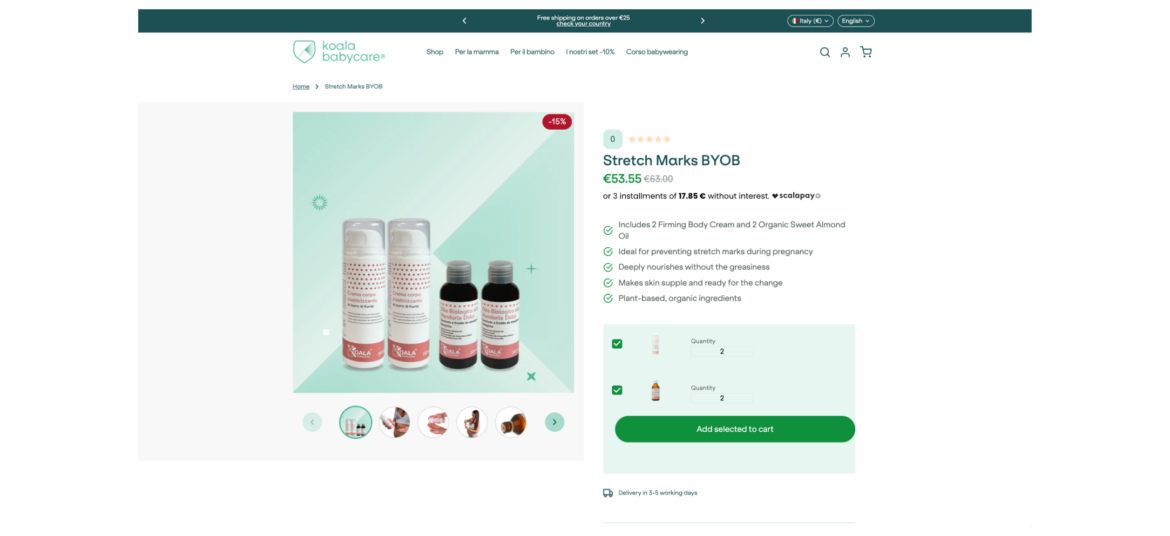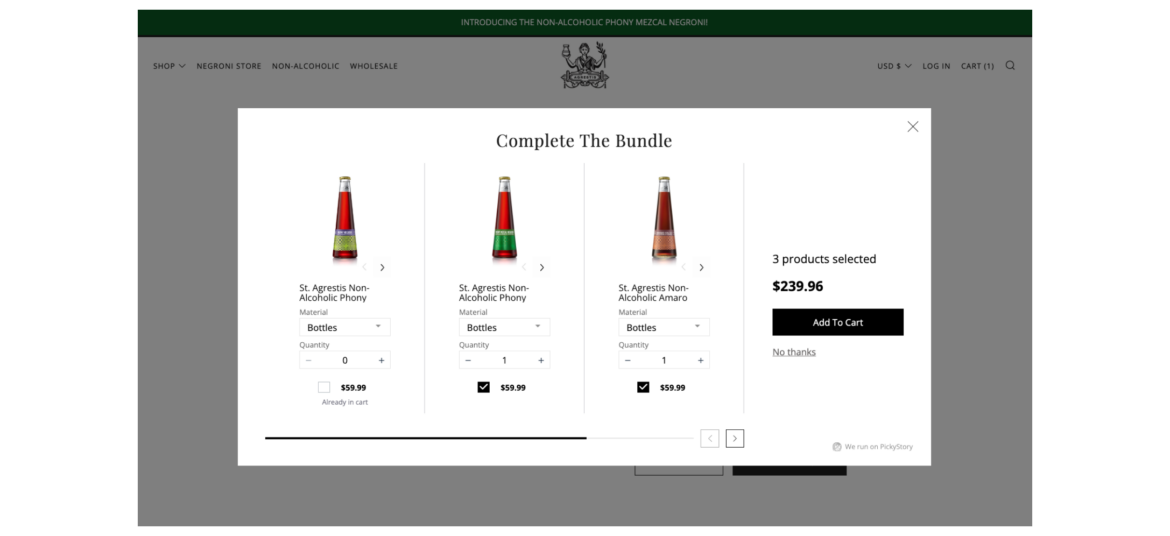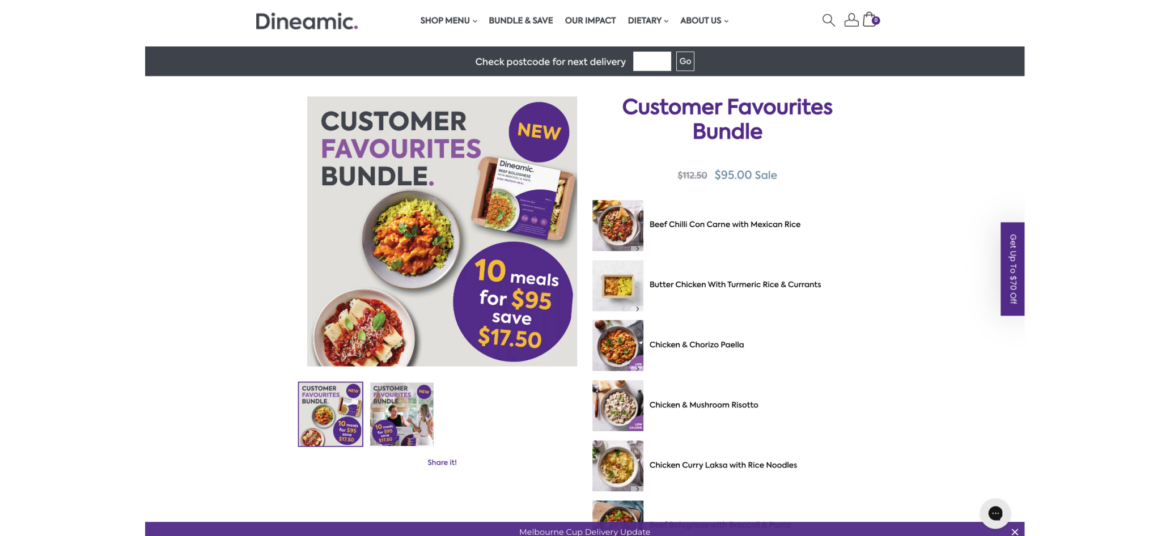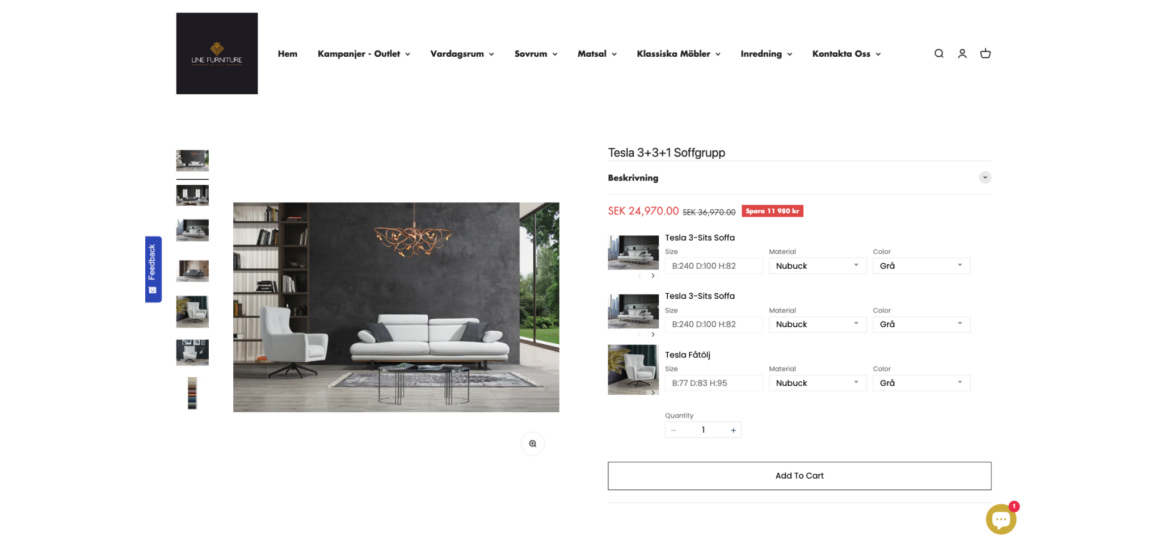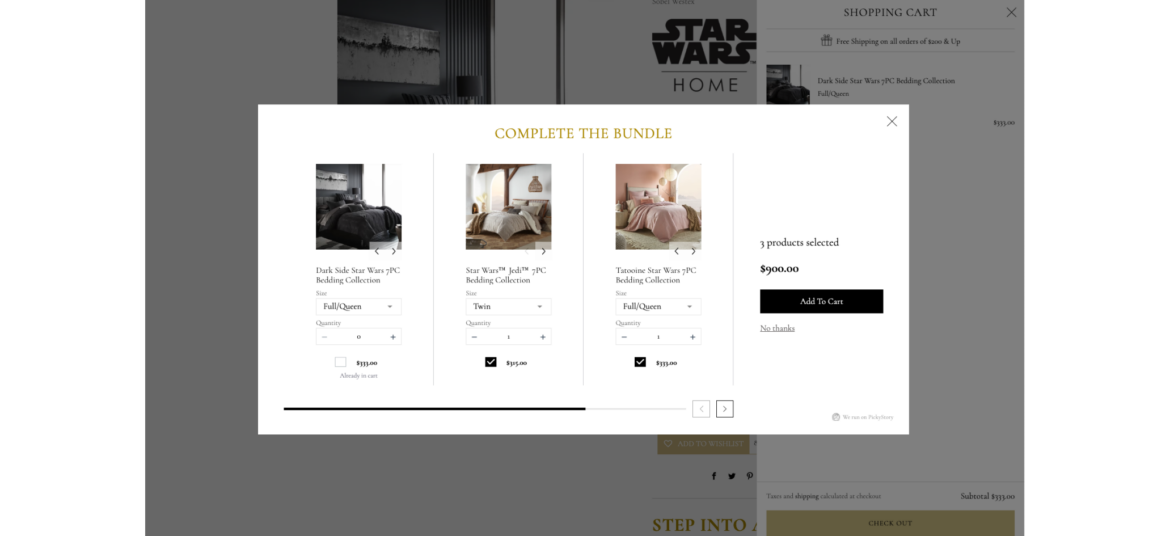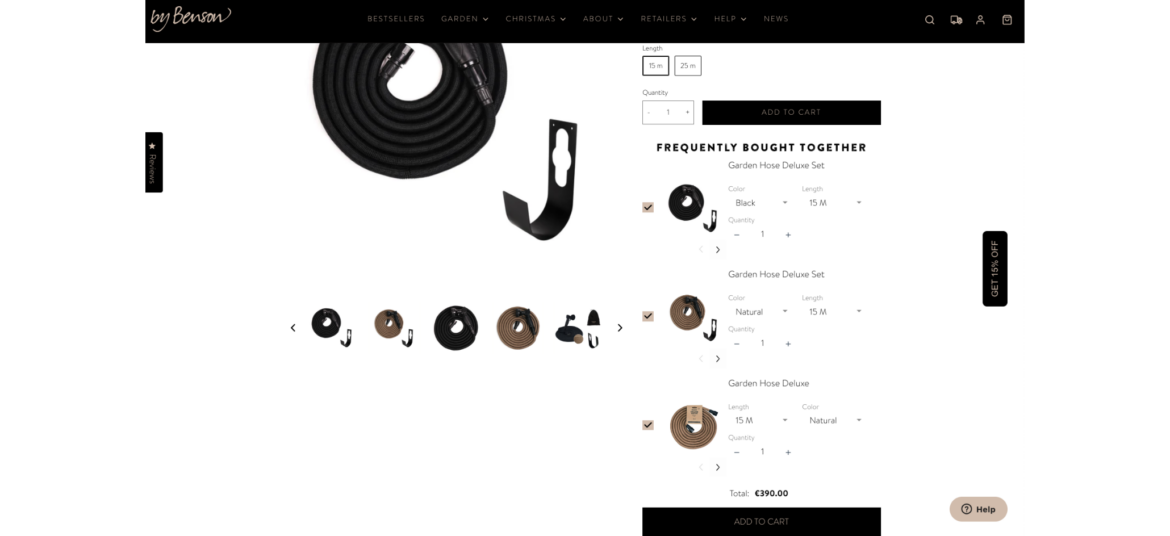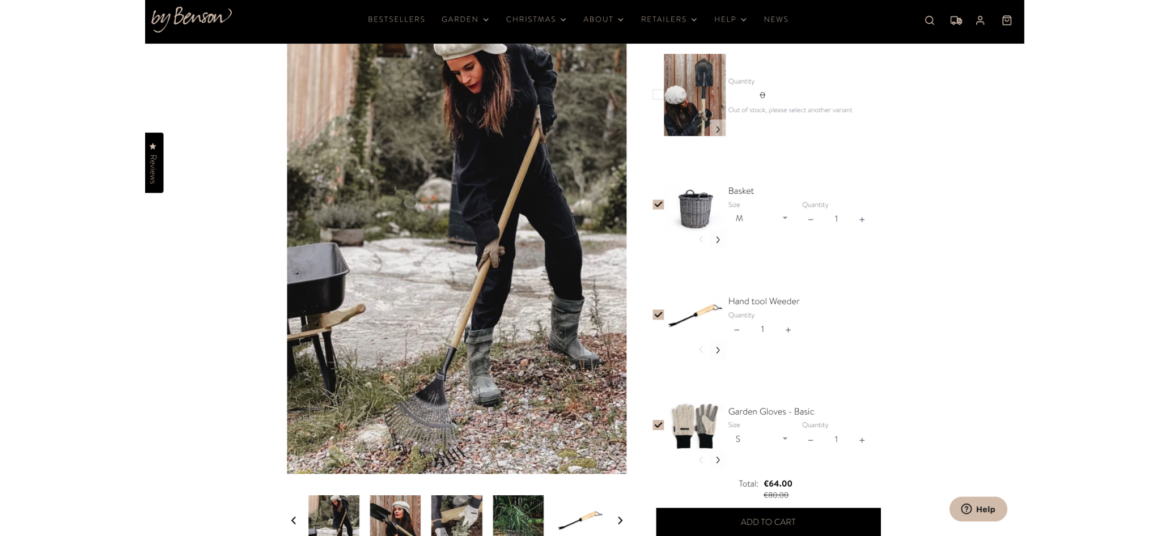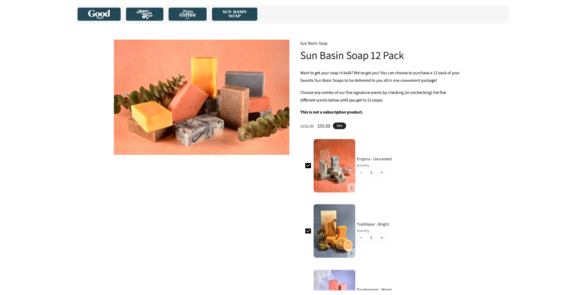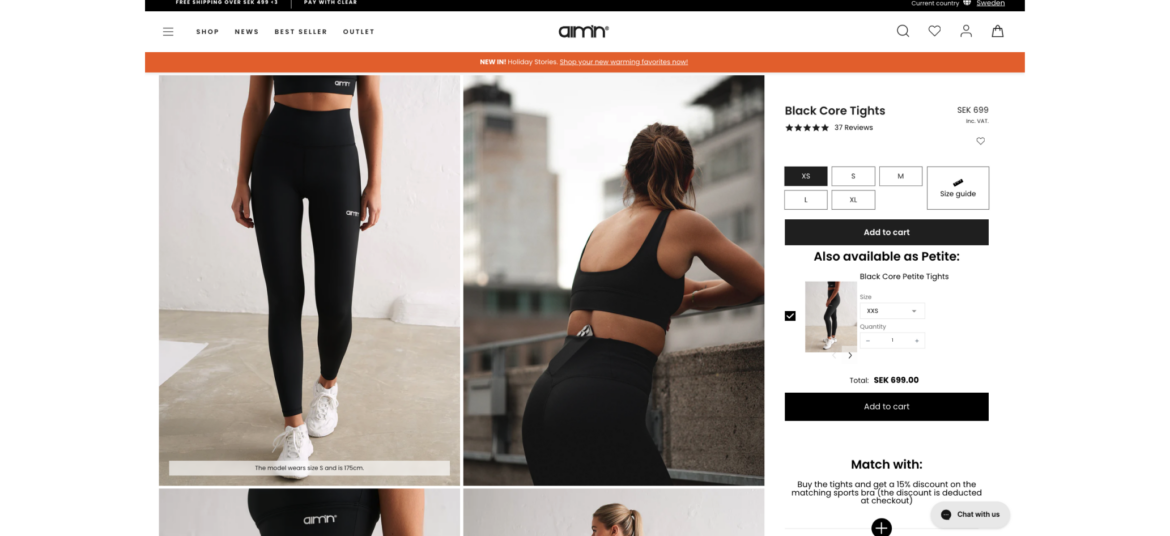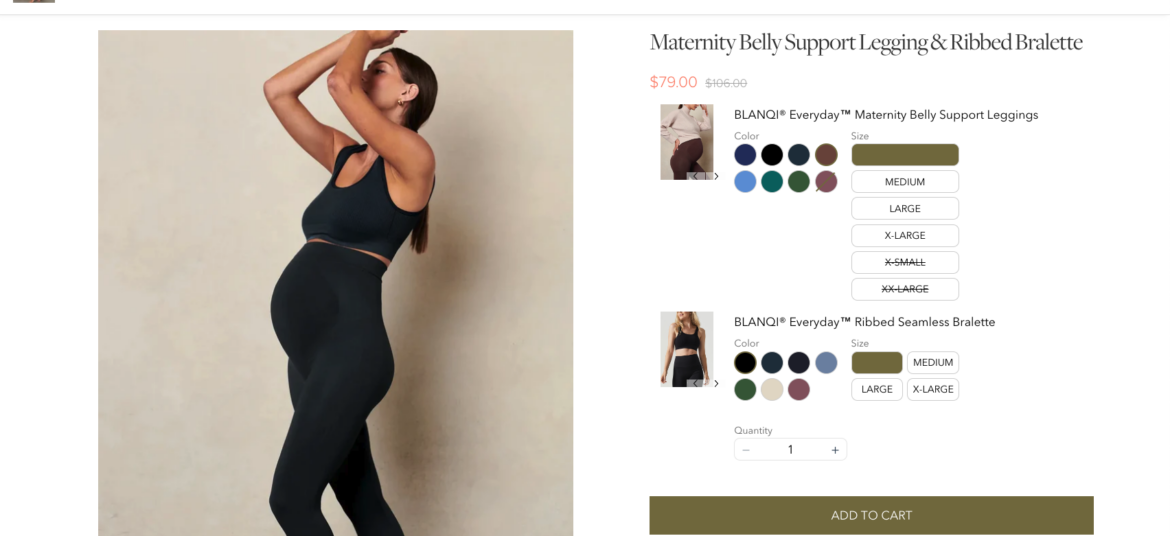The biggest question on most readers’ minds is, “Why should you have multiple Shopify stores?
The answer focuses on market segmentation.
To begin with, having multiple stores allows Shopify store owners to segment their client base. For instance, dividing Shopify stores between D2C and wholesale stores allows users to choose the right option for them.
Additionally, language, currency, country, and shipping considerations may warrant the creation of separate Shopify stores. Some Shopify store owners prefer to run separate stores to keep things simple.
Here are some specific benefits Shopify store owners can derive from having multiple stores:
Reach niche markets. Some brands notice some products are popular with very specific groups. Others realize that there is a potentially untapped market. Building a niche Shopify store allows separation from main brands and product lines. If the niche products fail, the main brand won’t be negatively affected.
Reach new markets. Separate Shopify stores allow brands to reach new markets, like customers in other countries, without those customers feeling as though they are buying from an overseas company.
Address different price segments. The issue of price segments is a concern for upscale and luxury brands. Similarly, budget-friendly brands tend to have a hard time appealing to wealthier consumers. Thus, separating Shopify stores by price segments is a good strategy.
Testing. Many merchants choose to have a separate Shopify store where they test new themes, apps, designs, and other elements without risking the chance of breaking something in their live store.
Cost control. On the surface, it might seem more expensive to run two Shopify stores than to have one. However, having one massive online store with various sections, departments, pages, and collections requires far more maintenance and updating than having separate stores.


